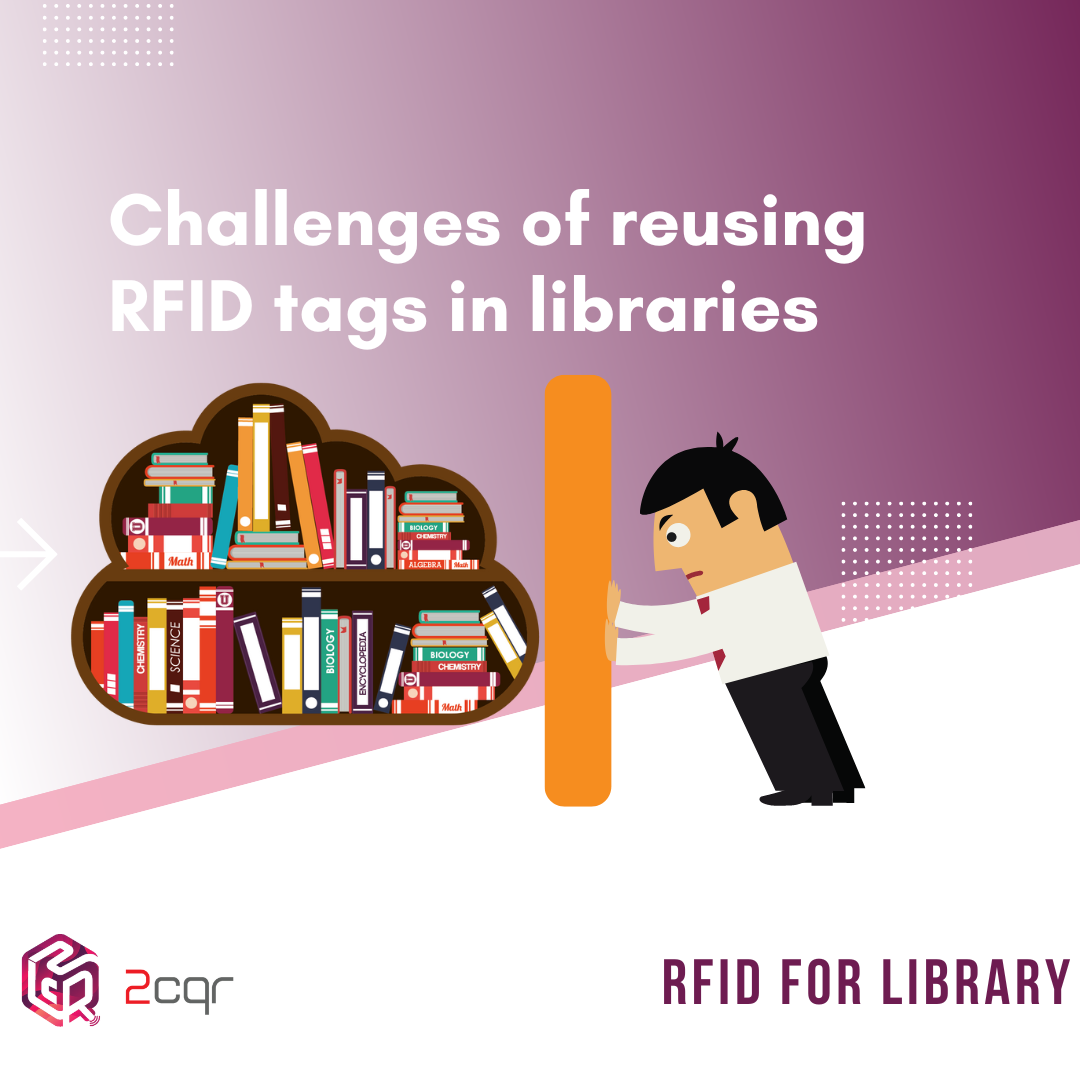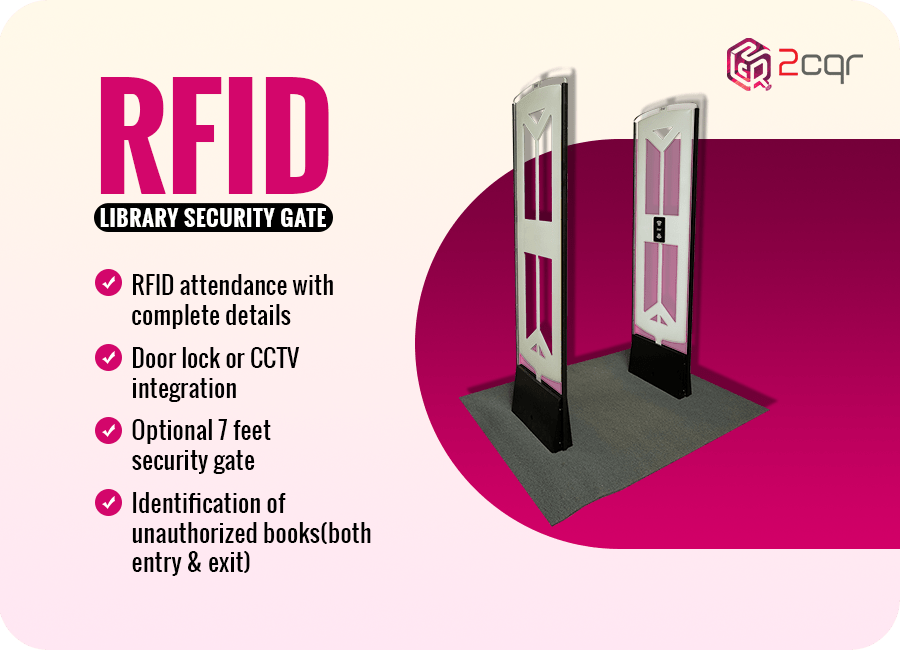
Despite the benefits of RFID solutions for libraries, some libraries remain hesitant to adopt RFID due to the initial implementation costs. However, there are cost-effective measures, one among them is reusing RFID tags that can help lessen the expenses involved.
In this article, we will explore the different challenges of reusing RFID tags in libraries in the process of optimising the cost-saving potential.
Reliability Issues & More Expenses
One of the primary challenges with reusing RFID tags is the degradation of their performance over time as these tags are subject to wear and tear due to changing environmental conditions, leading to reduced reliability and efficiency in data reading.
As a result, libraries may need to allocate more resources to frequent maintenance, resulting in increased expenses rather than cost savings.
Damage to RFID Tags
When attempting to reuse RFID tags by transferring them from one resource to another, there is a risk of damaging the internal circuits, antenna, or substrate that can render the tags useless and result in wasted time, efforts, and money.
Careful handling and proper cloning processes with the support of expert and reliable RFID suppliers for libraries are essential to mitigate the risk of damaging valuable tags.
Data Conflicts
Clearing existing data and programming new data on reused RFID tags is a common approach. However, if the existing data is not thoroughly erased, it can lead to data conflicts and reading errors, creating unnecessary confusion in the library’s inventory management that you can avoid by following the proper procedures to clear the data before writing the new one.
Tag Compatibility
Libraries may use different types of RFID systems over time, based on their evolving needs that makes ensuring compatibility between older and newer tags can be challenging as they may have different read ranges, frequencies, data storage capacities, and data transfer protocols.
Libraries must carefully check the tag compatibility before reusing them to maintain a seamless tracking and management process.
Data Security
Reusing the tags can raise concerns about data security and privacy. Libraries must implement robust authentication standards to limit access to data rewriting and prioritise clearing unused or sensitive information from the tags regularly. This ensures patrons’ privacy is protected, and also potential data breaches are prevented.
Writing Limits
While RFID tags can be reused for an extended period, they do have limitations regarding data rewriting because each tag is designed with specific reading and writing limits.
When a tag reaches its maximum writing limit, its performance may be affected, necessitating the replacement of the tag. Understanding these limits is crucial to maximising the lifespan of the tags.
Conclusion
RFID tags play a crucial role in enabling efficient library management through cost-effective solutions. Reusing the tags presents a viable option for libraries looking to minimise expenses.
However, it is essential to be aware of the potential challenges associated with this approach. Libraries must address reliability issues, avoid tag damage, manage data conflicts, ensure tag compatibility, prioritize data security, and understand writing limits to fully harness the benefits of reusing RFID tags.
By adopting best practices and investing in proper maintenance, libraries can capitalise on the advantages of RFID technology for library management while optimising their resource allocation for a seamless and effective library management system.


